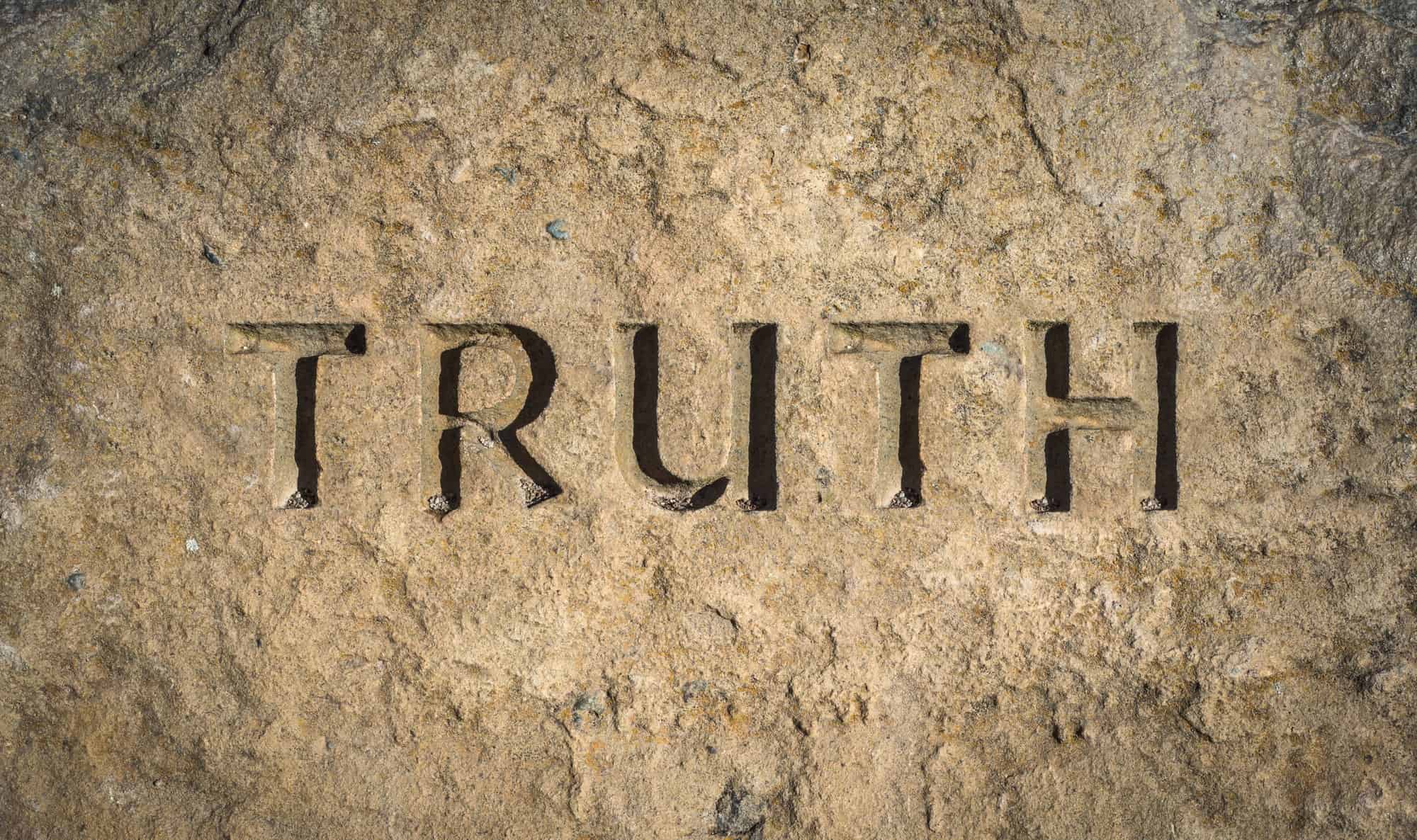Embracing Friction or “Chafe” in Leadership for Organizational Glow
“Without friction, there is no glow,” states Paul Huiskens, Senior Partner at N2Growth. This profound statement encapsulates the essence of dynamic leadership. Friction, often perceived negatively, is a catalyst for growth and innovation within teams. But it’s not just about the presence of friction – it’s about how it’s navigated, with mutual trust being the crucial element.
The Dynamics of Trust and Disagreement
Trust forms the bedrock of effective leadership. It allows teams to engage in constructive disagreements without eroding the foundation of their relationships. Huiskens emphasizes the balance of being “hard on the content, soft on the relationship.” This approach encourages open dialogue and honest feedback, fostering an environment where challenging conversations lead to positive outcomes.
The Thin Line Between Winning Arguments and Collaborative Growth
The Pitfalls of Win-Lose Scenarios
Without trust, discussions deviate from constructive content and veer toward winning arguments. This shift from collaboration to competition undermines the core objective of leadership – to collectively enhance organizational performance. Huiskens advocates focusing on joint improvement rather than individual victory in debates.
Building and Maintaining Trust: A Continuous Journey
The Fragile Nature of Trust
Huiskens poignantly remarks, “Trust comes on foot and goes on horseback.” This metaphor highlights the gradual building and rapid erosion of trust. It underscores the importance of continual effort in fostering trust within teams. Navigating past personal biases and focusing on mutual respect are crucial to sustaining this trust.
The Role of Vulnerability and Openness in Leadership
Trust as the Foundation of Organizational Success
A culture of trust might seem ‘soft,’ but it’s the bedrock of organizational resilience and success. Huiskens prompts leaders to reflect on their team’s dynamics in challenging situations. Are these moments addressed openly? Is there a culture of understanding and empathy? Such a culture not only strengthens the team but also positively impacts the entire organization.
Collaborative Progress: The Ultimate Goal of Leadership
The Synergy of Trust and Collaboration
In conclusion, Huiskens reiterates the significance of friction in leadership – it’s necessary but should stem from a place of trust and mutual respect. “Only you go faster; together, you get ahead,” he notes, emphasizing the value of collective effort over individual haste. Leadership, therefore, is not just about steering the ship but doing so in a way that every member feels trusted, respected, and valued in their contributions.







